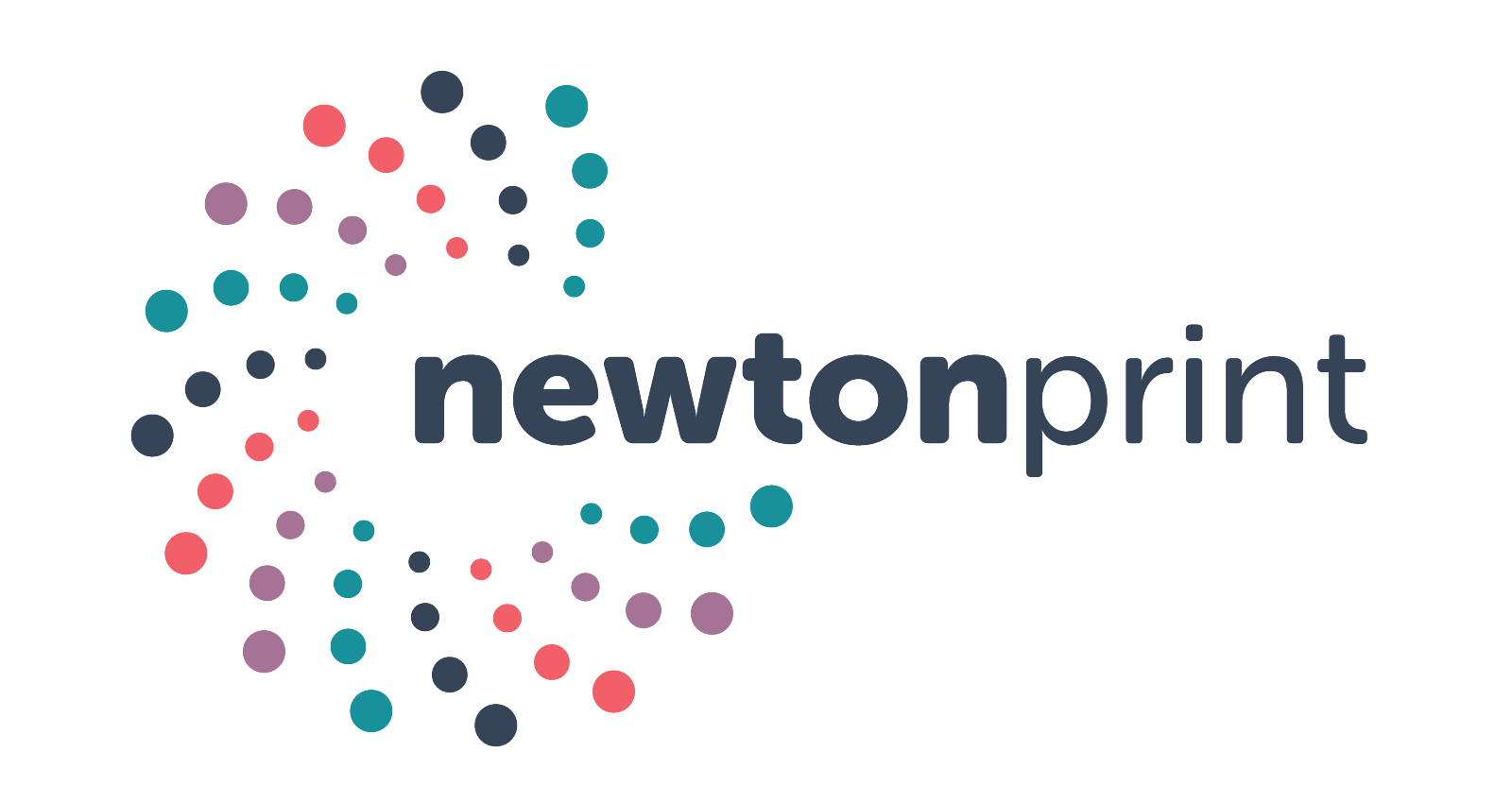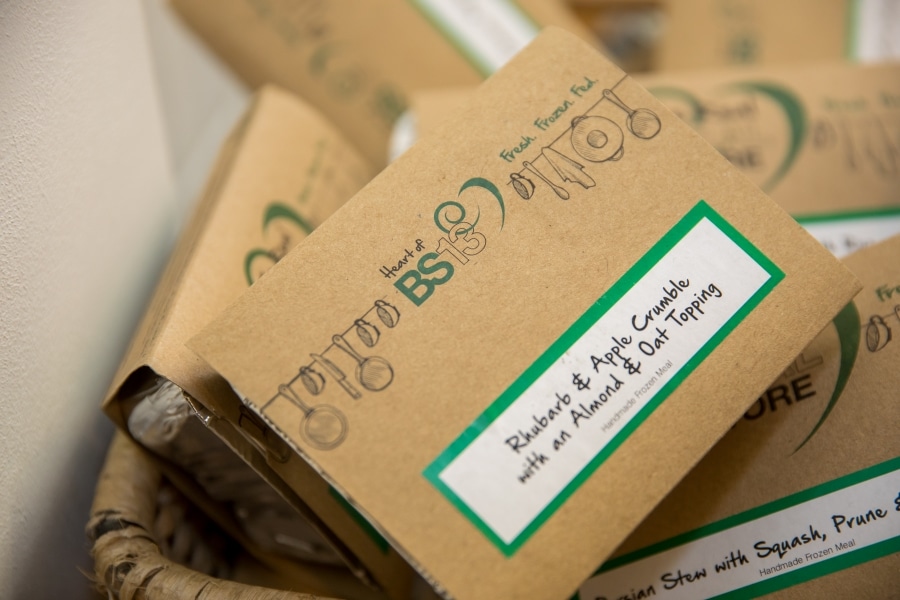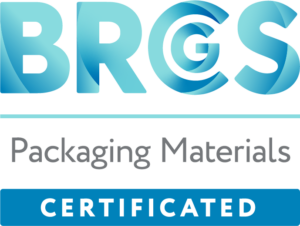The Uncoated Paper: rustic yet contemporary, it’s definitely ‘in’
Ironically, the first two months of the year (and probably the coldest) are our choice to chat about things without a coat. Confused? It’s OK – we’re talking about paper.
Assuming everyone reading this knows what uncoated paper actually is (if you don’t, scroll to the bottom and browse through our Swot Spot), we want to show you how it can help you stand out.
‘Uncoated’ is actually kind of a generalised term – you can’t tar it all with the same brush:
Ultra-smooth uncoated paper (such as the Splendorgel range we use) feels more smooth than a coated silk or gloss. So much so that we guarantee your customers will be subconsciously stroking the pages while they browse and coming back for more. Ultra-smooth is also the best of The Uncoateds for image clarity
Standard uncoated paper has a slight texture to it and actually looks rustic and ‘earthy’. It gives the impression of an unprocessed, natural product which is ideal for an eco-friendly image.
Rough uncoated paper is just that – it’s tangible and so unique that it’s bound to cause a stir. It has that ‘papyrus’ appearance which is very niche and utterly classy.
Uncoated paper is totally matte and has no sheen or reflectiveness at all. In fact, it’s sometimes called a ‘matte’ paper.
UNCOATED PAPER PRINTING FOR YOU
What is uncoated paper printing best for?
- Environmentally friendly products, events and companies
- Highly creative, forward-thinking agencies, companies and services
- Brochures, direct mail, booklets, invitations, stationery
- Food and drink brochures
- Use with matt laminate for a velvety finish
Our print experts on what to look out for with uncoated:
“Image clarity and colour quality will be affected to a degree, so don’t use uncoated paper if you rely heavily on quality imagery and colour representation (e.g. for a tourist brochure or property sales portfolio). Colours will always appear slightly ‘faded’ compared to those printed on coated paper. It can take a little longer to dry in production than coated paper too, so bear this in mind with lead times. We will never rush a job through if we think it isn’t dry enough because this would have a massive impact on the quality. Better to wait an extra day and be sure that everything is looking perfect!”
Our marketing wizards have a word for you too:
“If you’re trying to keep corporate colours consistent, don’t mix coated and uncoated paper throughout your range of literature. This is especially important if you have branded stationery (letterheads, compliment slips, envelopes etc which are always on uncoated) but want to keep your marketing material on a coated silk or gloss paper. That’s why so many marketing folk rely on our heritage and experience to overcome such challenges – if you need a hand, we’re here to take care of you personally.”
SWOT SPOT
We’re often asked “What’s the difference between uncoated and coated paper?” Uncoated paper, obviously enough, is produced with no coating at all. This means that the surface of the paper is made up of just the raw, exposed wood fibres (this gives it the slightly textured feel, especially in the less refined processes which produce standard or rough papers).
It’s for this reason that the colours appear desaturated; the majority of uncoated papers will absorb much more of the ink compared to coated which means that more of the pigment soaks beneath the surface where it can’t be seen.
This is also the reason why uncoated paper takes longer to dry – as it absorbs a lot more ink it will invariably need more time for all that ink to dry. Our experience with print has taught us that often a sheet will feel dry to the touch but may still be slightly wet under the surface and this can cause quality issues such as ink rubbing off, or pages sticking together. Forewarned is forearmed, as they say!
Have a look at some of our case studies for inspiration. We recently worked with a client to make the most of the texture of uncoated to paper to enhance their product offering.
If you want to see uncoated paper in action and compare some of the different textures, take a look at the January and February leaves in our 2016 calendar. If you don’t have one to hand, just ask and we’ll post one to you right away.
You’re reading an article from the Newton Print Marketer Pro Hub. We’re trying to do our bit to help marketers’ lives easier. It’s been confirmed that marketing and design departments are the most overworked of all so it’s time that was recognised. We use our experience to help you transform your marketing with an injection of creativity and 30 years of know-how.
Newton Print – taking care of you personally.


